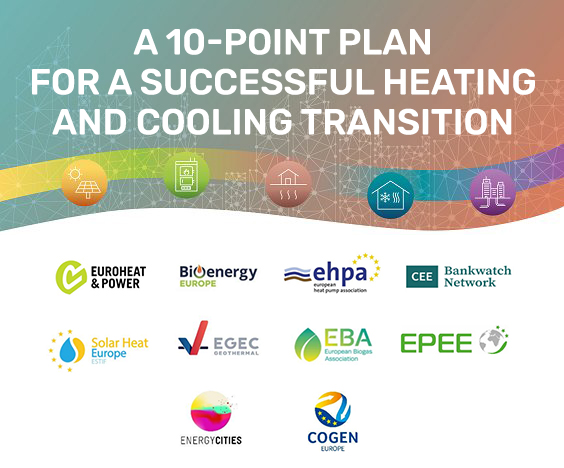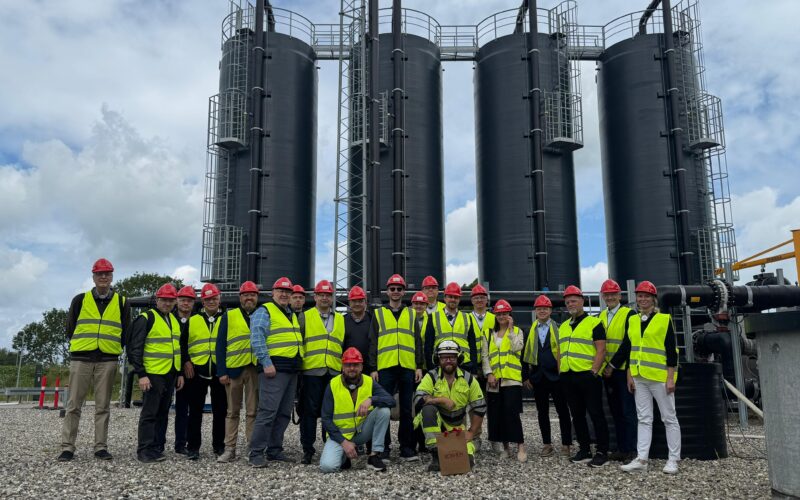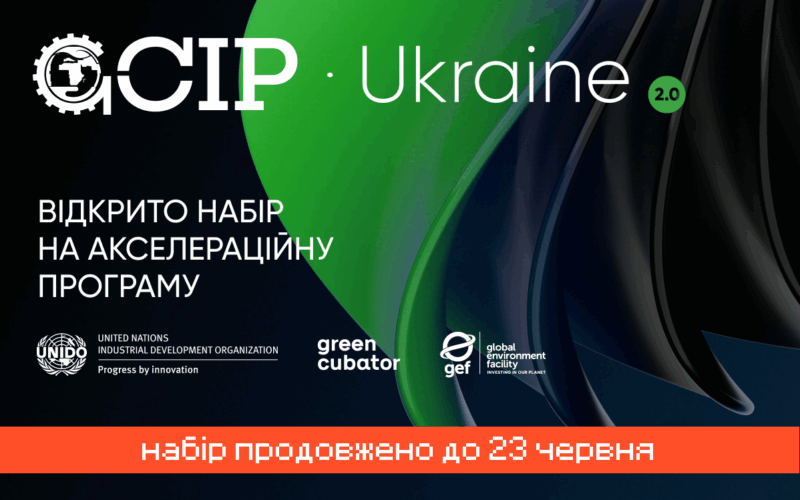10 leading RES organizations in the EU presented a 10-point plan for a successful heating and cooling transition

Today’s energy security crisis is a heating crisis. Heating accounts for 50% of EU energy demand, and 70% still comes from fossil fuels. Solutions exist in Europe to phase-out fossil fuels in heating, by rolling out renewable and sustainable waste heat sources and technologies, including heat pumps.
Solutions exist in Europe to phase-out fossil fuels in heating, by rolling out renewable and sustainable waste heat sources and technologies, including heat pumps. These solutions are locally owned, climate-friendly, ready to deploy and affordable. They make our energy system more resilient and create local benefits for our economy. Soaring energy prices have created unprecedented momentum to drive Europe’s long-overdue heating and cooling transition: six months after the REPower EU, we must complement emergency measures with concrete proposals to make this happen.
The ‘Fitfor55’ package is an important step in this direction, but it is by no means enough to reap the full potential of renewable and sustainable waste-heat solutions, bringing Europe on the path to climate neutrality and energy independence.
The 10 undersigned EU organisations urge the European Commission, Parliament and Member States, to implement, without delay, a 10-point plan for a successful heating and cooling transition. We share these points.
1. Develop a robust Heating and Cooling Strategy to align with the Climate Law and energy security imperative
Europe’s 2016 Heating and Cooling Strategy was not fit for purpose to meet the objectives of the EU Green Deal and the REPowerEU package. We need an ambitious strategy laying out concrete solutions to accelerate the roll-out of renewable and clean heating technologies in buildings, and in our industry.
The measures required include an EU financial risk mitigation scheme as well as other financing and regulatory instruments for the uptake of renewable and waste heat sources and efficient heating technologies, such as heat pumps. These measures must be streamlined across EU legislation (e.g. the ‘Fit for 55’ package), and supported by a clear long-term vision developed with member states, local authorities and stakeholders.
2. Expand the scope of building renovations to connect with renewable and sustainable waste
heat supply in cities
Building renovations must be accelerated to structurally reduce EU energy consumption and decarbonise the remaining heating and cooling demand. It means connecting buildings to locally available and sustainable heat sources such as renewable heat (geothermal, solar thermal, sustainable bioenergy), waste heat, renewable electricity and highly efficient heating technologies (such as heat pumps and combined heat and power).
3. Introduce mandatory heat planning for local authorities
Mandatory heat planning for cities is needed to assess the potential and make the best use of local heating and cooling resources, thereby reducing dependence on energy imports. Local authorities which develop proper heating and cooling plans often significantly improve their energy resilience and harvest the combined benefits of building renovation with the connection to local heat sources and technologies. The REPowerEU must put stronger emphasis on local heat planning, as an emergency measure to identify locally available alternatives for the phase out of fossil fuels in heating.
4. Provide the human resources fit for the challenge
The renewable heat transition requires an ample and skilled workforce at all levels of the supply chain (installers, engineers, renovation advisers and planners) and within local and national administrations.
Smart financial incentives can encourage the re-training of energy installers while a revision of vocational training legislation could be considered, introducing new training categories for installers such as “renewable electricity and heat”, or “fitters”. Dedicated aid schemes could be envisaged for local authorities as part of REPowerEU, and national Recovery and Resilience Plans.
5. Rethink the financing framework for sustainable district heating
Approval processes for the Recovery and Resilience Facility (RRF) and REPowerEU funding related to heating must consider the incremental nature of transitioning district heating systems from fossil fuels to a fully sustainable supply. The modernization and decarbonisation of heating systems which still rely on fossil fuels for part of their heating should be deemed compliant under the Do Not Significant Harm principle when there is a clear roadmap to climate neutrality as part of national Energy and Climate plans. This will help finance the uptake of renewable and sustainable waste heat supply across Europe.
6. Stop aid for fossil fuels and redirect to efficient renewable and sustainable waste heat solutions
Boilers that exclusively use fossil fuels should be phased out, and alternatives made available to consumers on the market to increase shares of renewable and sustainable waste heat. Funds for individual fossil fuel heating systems should be redirected to support investments in sustainable heating and cooling solutions, such as efficient and sustainable district heating systems or individual renewable heating solutions.
7. Establish a level playing field on the heat market
We need a level playing field between all heating and cooling solutions. The current emission trading system covers only large installations, leaving out of its scope most of the heat sources at EU level –individual boilers fired with fossil fuels – and penalizing district heating.
In particular, in central Europe, the Emissions Trading System establishes a competitive gap which is detrimental to consumers and which undermines the goals of the Green Deal. While the increase in energy prices is a challenging reality for CO2 pricing in buildings, the policy framework must provide a level playing field between heating solutions, to transform the heat market and encourage the connection of citizens/users to the most efficient and sustainable solutions. It must be done in a way that is just, consumer-centered and which takes local specifics into account.
8. Incentivize the use of sustainable waste heat
Member States must promote the use of sustainable waste heat from industries, from buildings in district heating and cooling. They should facilitate cooperation between all parties (industries, heating companies, utilities, and citizens). The development of appropriate contractual agreements and risk mitigation mechanisms must be supported to trigger investment decisions. Industrial waste heat could supply more than 25% of future district heating supply, while urban waste heat recovery could meet 10% of the EU total heating and cooling demand.
9. Fast-track the deployment of renewable heat and electricity sources
The decarbonisation of the EU heating and cooling sector is paramount to achieving climate neutrality. It must be supported with a regulatory framework and financing instruments adapted to the diversity of available heat sources and technologies such as geothermal, solar thermal, solar PV, sustainable bioenergy and heat-pumps.
It includes dedicated de-risking instruments, investment aid, mandatory heat planning, accelerating permitting procedures and providing dedicated renewable acceleration areas (RAA) for heat and electricity sources, including those close to urban districts.
10. Adopt a holistic approach to building decarbonisation policies
When assessing the energy performance of buildings, a holistic environmental approach is needed which goes beyond energy demand reduction. Additional metrics to drive effective building modernization and the phase-in of sustainable heat sources include CO2 emission equivalents, the local sourcing of heat supply, and life-cycle indicators. Similarly, policies on buildings must be extended to the broader objective of decarbonising urban areas and cities, by providing a level-playing field between on-site, nearby and system-wide solutions.
Policy in the field of RES is being transformed, and we must be ready!


